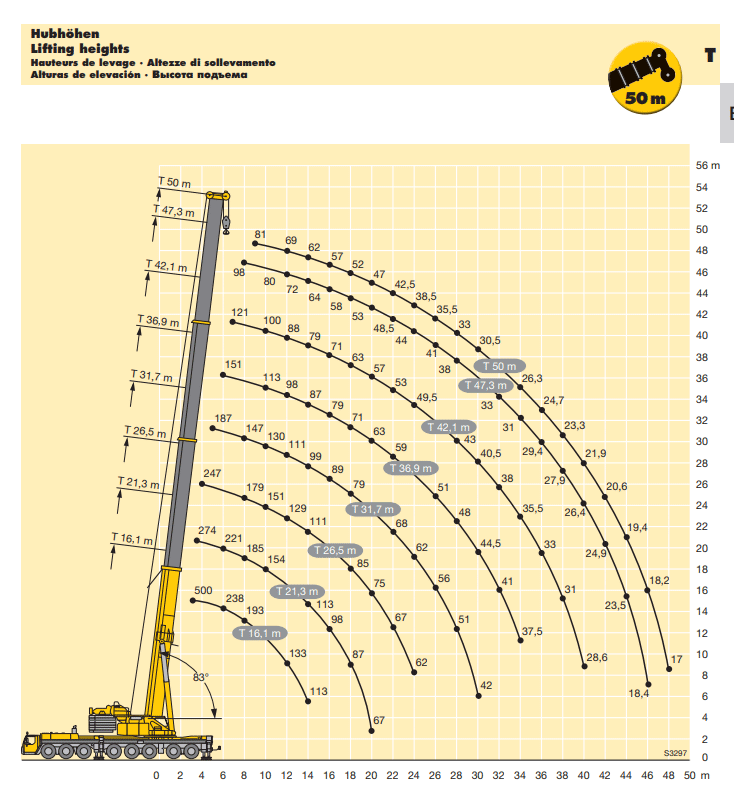

There are also two 7.62mm PKT bow machine guns, again with 2,000 rounds each. A 2A72 30mm dual feed autocannon with 500 (300 HEI and 200 AP-T) rounds and a rate of fire of 350 to 400 RPM and a 7.62mm PKT machine gun with 2,000 rounds are mounted coaxially in the turret. The original version has a turret fitted with a low-velocity 2A70 100mm rifled gun which can fire conventional shells or 9M117 Bastion ATGMs ( AT-10 Stabber). The BMP-3 is one of the most heavily armed infantry combat vehicles in service. In July 2023, Russian Defense Minister Sergey Shoigu stated that the supplies and repair of BMP-3 by Kurganmashzavod had surged 2.1 times since early 2022. Kurganmashzavod reported in May 2023 that during the first quarter of the year it supplied the same amount of vehicles it did in the whole of 2019. The batches of vehicles delivered to the Russian troops since 2023 are equipped with the Sodema main sight and extra protection as well as the ability to install ERA. In 2022, Russia started to promote to the international market a BMP-3 with a remotely controlled combat module. The BMP-3 B-19 took part in the large-scale Russian-Belarusian exercise Zapad in September 2021. In the Army-2017 show, the Russian Defence Ministry signed a contract covering the first deliveries of an unspecified number of BMP-3 infantry fighting vehicles (IFVs) fitted with the Bumerang-BM turret, also known as the B-19 variant. 200 more received in 2018-2019 and 168 more in production to be delivered in 2020–2021 with additional protection. In the process of the BMP's serial production, the vehicle's design underwent 1,500 amendments. In May 2015, the Russian Defense Ministry signed a three-year contract to receive "hundreds" of BMP-3 vehicles to maintain its armored vehicle force until its replacement, the Kurganets-25, completes research and development. The BMP-3 is designed and produced by the Kurganmashzavod ("Kurgan Car Building Plant") some variants however are built by the Rubtsovsk Machine Building Plant (RMZ), for example the BRM-3K. It was shown for the first time in public during the 1990 Victory Day parade and was given the NATO code IFV M1990/1. The resulting BMP-3 was developed in the early 1980s and entered service with the Soviet Army officially in 1987. 688's original weapon configuration consisting of an externally mounted Shipunov 2A42 30 mm autocannon, a 7.62mm PKT machine gun and twin 9M113 Konkurs ATGM launcher was rejected instead the new 2K23 armament system was selected. The prototype did not enter series production, but the chassis, with a new engine, was used for the next-generation infantry combat vehicle Obyekt 688 from A. The design of the BMP-3 ( Obyekt 688M) can be traced back to the Obyekt 685 light tank prototype with an 2A48-1 100 mm gun from 1975.


 0 kommentar(er)
0 kommentar(er)
